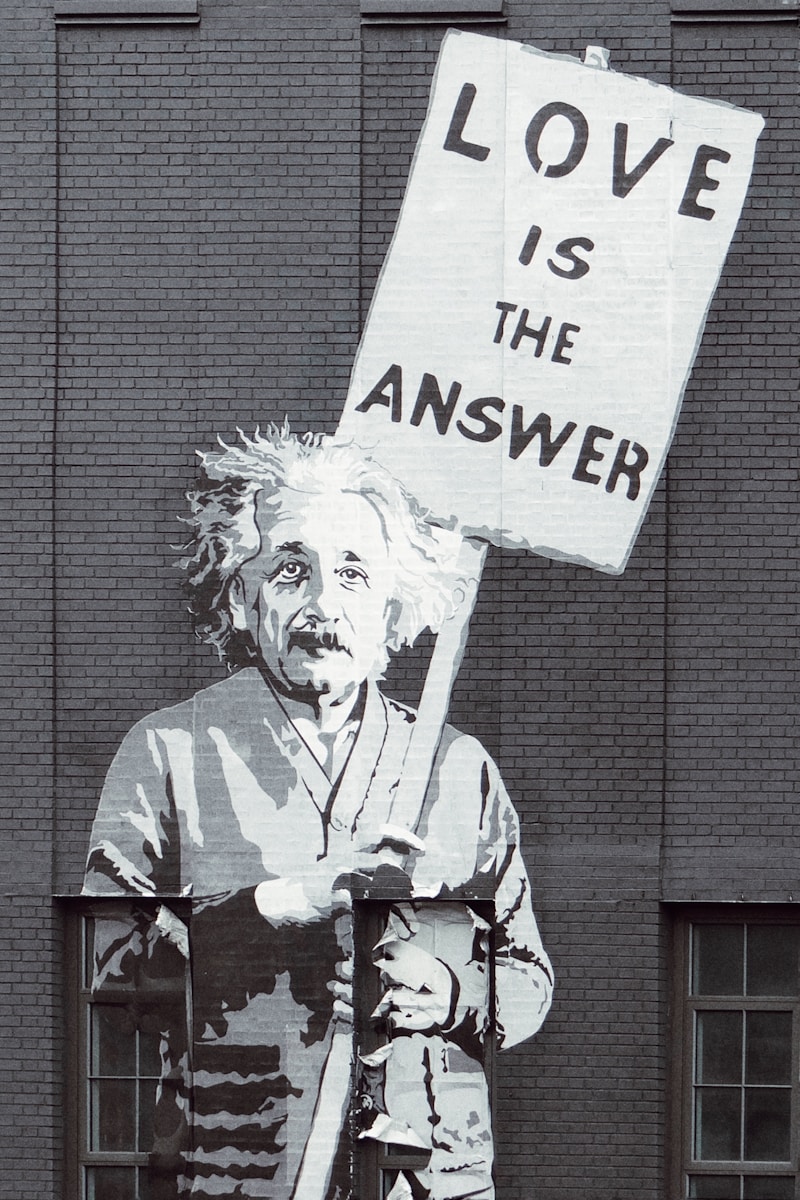
Banksy is one of the most elusive and enigmatic figures in contemporary art. Known for his provocative and politically charged street art, Banksy has captured the imagination of millions across the globe. Despite decades of speculation and media scrutiny, his true identity remains unknown. His anonymity, combined with his subversive artwork, has elevated him to a cult-like status, making him not only a cultural icon but also a symbol of resistance against the establishment. This essay will explore the origins of Banksy, Banksy wall art, the themes and techniques of his artwork, the speculation surrounding his identity, and the cultural impact he has had on the world.
Origins and Artistic Development
Banksy’s art first began appearing in the early 1990s in Bristol, England—a city known for its vibrant underground art and music scenes. He emerged as part of the Bristol underground scene, which included musicians, graffiti artists, and countercultural figures. Early in his career, Banksy used freehand graffiti but later transitioned to stenciling, a technique that allowed him to create more detailed images quickly and covertly. This method became his trademark style and contributed to the recognizability of his work.
The decision to use stencils is believed to be partly strategic. Graffiti is illegal in most public spaces, and stencils allow for rapid application, reducing the risk of arrest. Beyond practicality, stencils also lend a bold, clean aesthetic to his artwork, often paired with striking, satirical imagery and short, punchy text.
Themes and Motifs
Banksy’s artwork is deeply embedded in social and political commentary. He explores themes such as anti-war sentiment, anti-capitalism, environmental degradation, police brutality, and the hypocrisy of societal norms. His art often portrays children, animals, soldiers, and police officers in ironic or unsettling scenarios that force viewers to question the world around them.
One of Banksy’s most famous pieces, “Girl with a Balloon,” depicts a young girl reaching out toward a red heart-shaped balloon carried away by the wind. It has been interpreted in various ways—some see it as a symbol of lost innocence, others as a representation of hope. Another notable piece, “Flower Thrower,” shows a masked protester throwing a bouquet of flowers instead of a Molotov cocktail, flipping the traditional image of violence into one of peace and beauty.
Banksy’s work also critiques the art world itself. In 2018, during an auction at Sotheby’s, “Girl with a Balloon” self-destructed through a hidden shredder inside the frame moments after it was sold for over a million pounds. This stunt, later retitled “Love is in the Bin,” was a bold statement on the commodification of art and the irony of assigning high monetary value to a form of expression that often challenges capitalism.
Anonymity and Speculation
One of the most intriguing aspects of Banksy’s persona is his anonymity. Countless theories have been proposed about who he really is. Some believe Banksy is Robin Gunningham, a former public schoolboy from Bristol. Others have suggested he might be Robert Del Naja, a member of the music group Massive Attack, or even that “Banksy” is a collective rather than a single individual.
The secrecy surrounding his identity adds mystique to his work and arguably enhances its impact. By remaining anonymous, Banksy has sidestepped the cult of personality that often accompanies fame. His invisibility allows the message of his art to take center stage. It also enables him to work in public spaces without the same legal consequences other artists might face. Still, the speculation continues, fueled by documentaries, news investigations, and even academic studies attempting to match locations and timelines of his works to certain individuals.
Cultural and Political Impact
Banksy’s influence extends far beyond the world of art. His works have been used in protests, political campaigns, and educational discussions. He has redefined street art as a powerful medium of communication capable of reaching global audiences. His pieces have appeared on the walls of war-torn cities, in refugee camps, and on the streets of major metropolitan centers. Each new work creates international headlines, proving the deep resonance of his messages.
In 2015, Banksy opened a temporary art installation called “Dismaland,” a dystopian theme park in Weston-super-Mare. A dark parody of Disneyland, the attraction featured twisted fairy tale characters and commentary on consumerism, climate change, and the refugee crisis. Over 150,000 people visited Dismaland, generating widespread media coverage and reinforcing Banksy’s status as a cultural provocateur.
Banksy has also engaged in philanthropy. In 2020, he auctioned a painting titled “Game Changer” to raise money for the UK’s National Health Service (NHS) during the COVID-19 pandemic. The painting, which shows a young boy playing with a nurse doll while superheroes like Batman and Spider-Man sit in a bin, celebrated the frontline workers risking their lives during the crisis. It sold for over £16 million, one of the highest amounts ever paid for a Banksy work.
Banksy is more than just an artist; he is a phenomenon. His ability to combine visual art with biting social commentary has made him one of the most important cultural figures of the 21st century. While his identity remains a mystery, his work speaks volumes—challenging authority, spotlighting injustice, and inspiring change. Whether you see him as a genius, a prankster, or a political agitator, it’s undeniable that Banksy has transformed the landscape of modern art and left an indelible mark on both walls and minds across the world.





